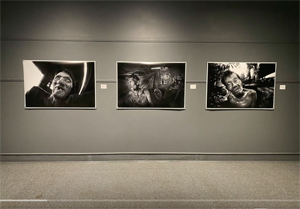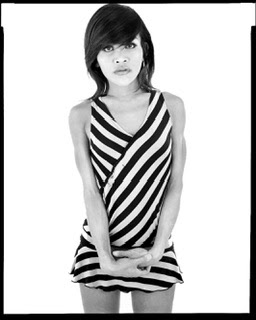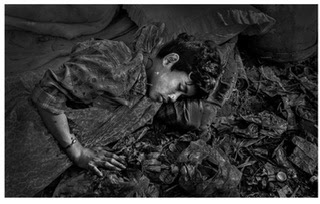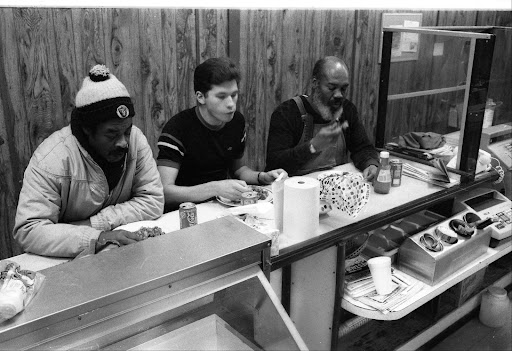CNN) -- It started on Facebook, then spread to Twitter. Now Hipstamatic and Instagram-style pictures are everywhere, including the news media.
With an app typically costing no more than $1.99, everyone is becoming a news photographer -- creating dramatic, emotive images with subdued tones, vignetted edges and selective focus. Just point your iPhone or Android device, click the shutter button and instantly you're producing something not short of fine art.
But every time I see one of these "news images" -- subtly altered to resemble images taken on vintage film stock or using expensive lenses and filters -- I feel cheated. And so should you.
The app photographer hasn't spent years learning his or her trade, imagining the scene, waiting for the light to fall just right, swapping lenses and switching angles. They haven't spent hours in the dark room, leaning over trays of noxious chemicals until the early hours of the morning.
Nor did they have to spend a huge chunk of their income on the latest digital equipment ($5,999 of my hard-earned cash just went on ordering a new Nikon D4) to ensure they stay on top of their game.
The app photographer merely has to click a software button and 10 seconds later is rewarded with a masterpiece.
The spread of these fake images to the mainstream news media is more worrying. I've recently seen a whole host of Hipstamatic or Instagram pictures in news reports from as far afield as Syria, Egypt and Afghanistan.
Why should I worry about the spread of app-doctored news photos? Surely as a news photographer I should welcome the publication of news pictures of any kind, however they are taken. Well no. A news photographer is there to record, not to produce works of art.
Every time a news organization uses a Hipstamatic or Instagram-style
picture in a news report, they are cheating us all.
Nick Stern, photographer
Nick Stern, photographer
Any news photographer worth his or her salt will tell you that the best camera is one that lets you take the photo unencumbered by the technicalities of the process. A camera that lets you record the scene with the light and shadows as it lies before you, and to produce an image that brings the emotion of the scene to the viewer -- one that lets you take the photograph naked.
This is what sets great news photographers apart from the rest of us. In their photos we can see the pain, the suffering, the pity and often the horror. A little of the photographer's emotion will show through in every image.
In Haiti, shortly after the 2010 earthquake, I took photos with tears running down my cheeks. It was only the camera held tightly to my face that meant my tears were not visible to those around me. I believe that emotion came through in my pictures. If it didn't I failed in my job.
Every time a news organization uses a Hipstamatic or Instagram-style picture in a news report, they are cheating us all. It's not the photographer who has communicated the emotion into the images. It's not the pain, the suffering or the horror that is showing through. It's the work of an app designer in Palo Alto who decided that a nice shallow focus and dark faded border would bring out the best in the image.
Over the past few years a number of news photographers have quite rightly been fired for altering images with the help of Photoshop. One added smoke to increase the dramatic appearance of bombing, one cut and pasted a rifle-toting soldier from one image onto another and another removed his own shadow from an image.
Hipstamatic, Instagram and other apps produce images that are equally unethical or perhaps even more so. The image never existed in any other place than the eye of the app developer.
Since when did we trust app developers to bring us the news?


























